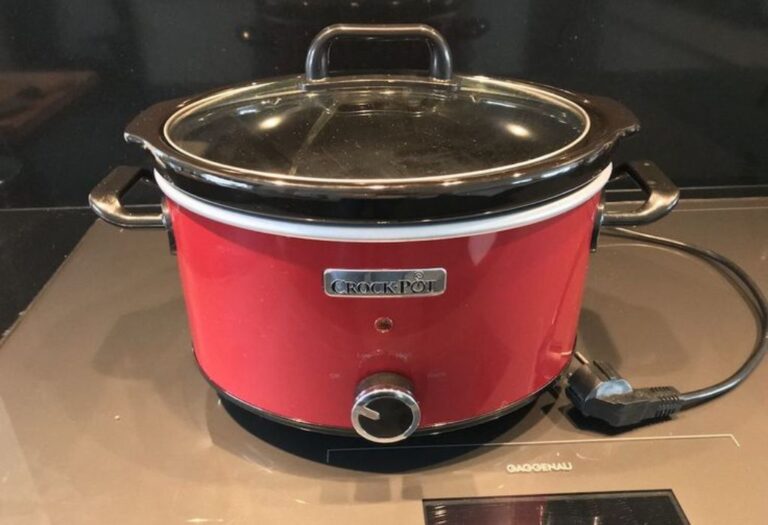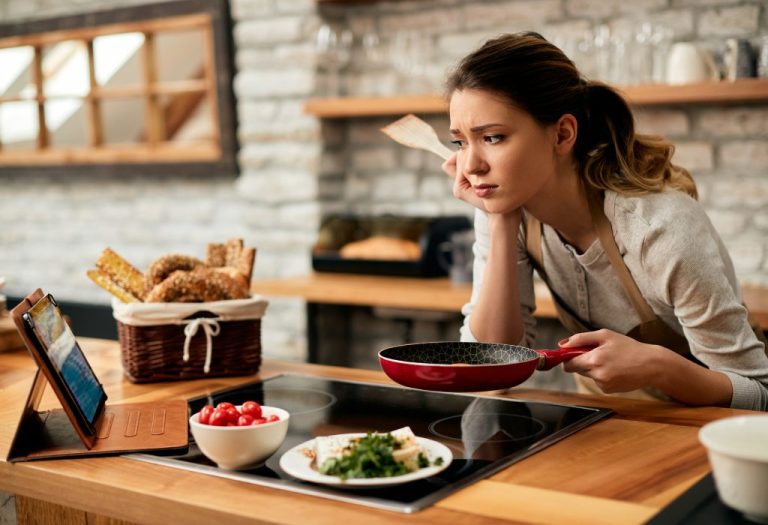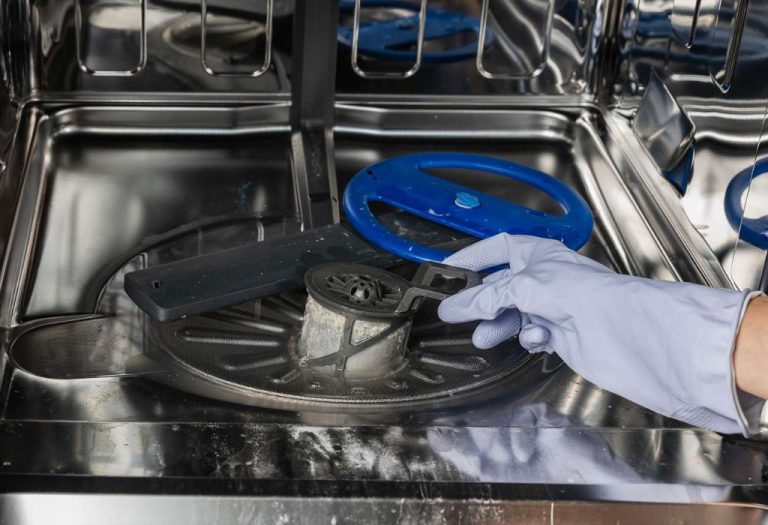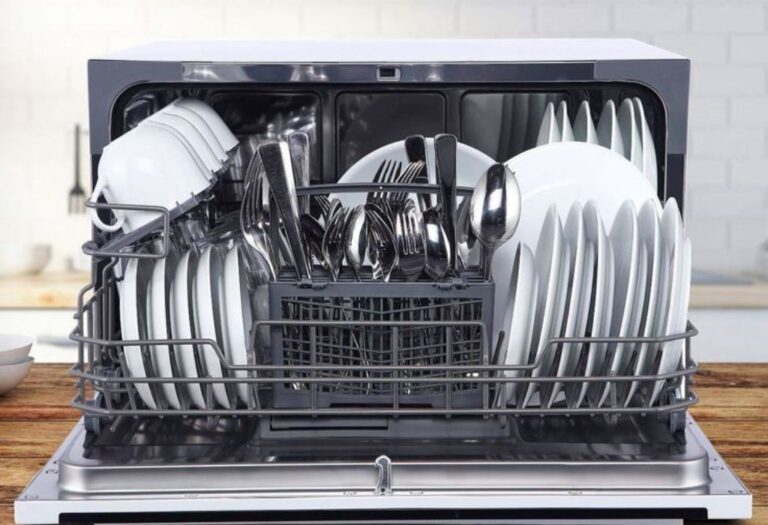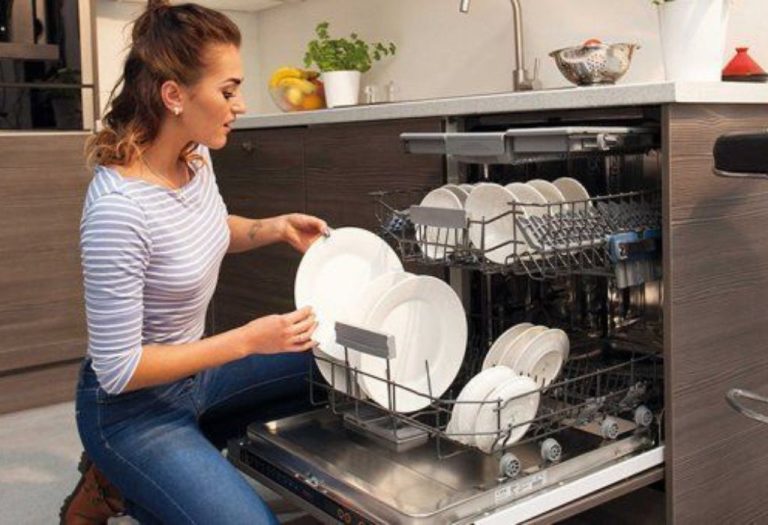The smell of instant noodles filled the air as the tiny dorm kitchen buzzed with activity. Laughter and chatter echoed until a loud beep from the smoke alarm silenced the room — someone had left a pan of oil heating too long.
According to the National Fire Protection Association (NFPA), cooking is the leading cause of home fires, responsible for nearly 49% of all cases. For students living away from home for the first time, a small mistake in the kitchen can turn into an expensive, dangerous, or even life-threatening incident.
Kitchen safety rules are more than just guidelines — they are essential skills for any student who wants to cook without risking injury or damage. This guide will walk through the most common hazards, essential safety rules, dorm-specific tips, and emergency steps every student cook should know.
Why Kitchen Safety Matters for Students
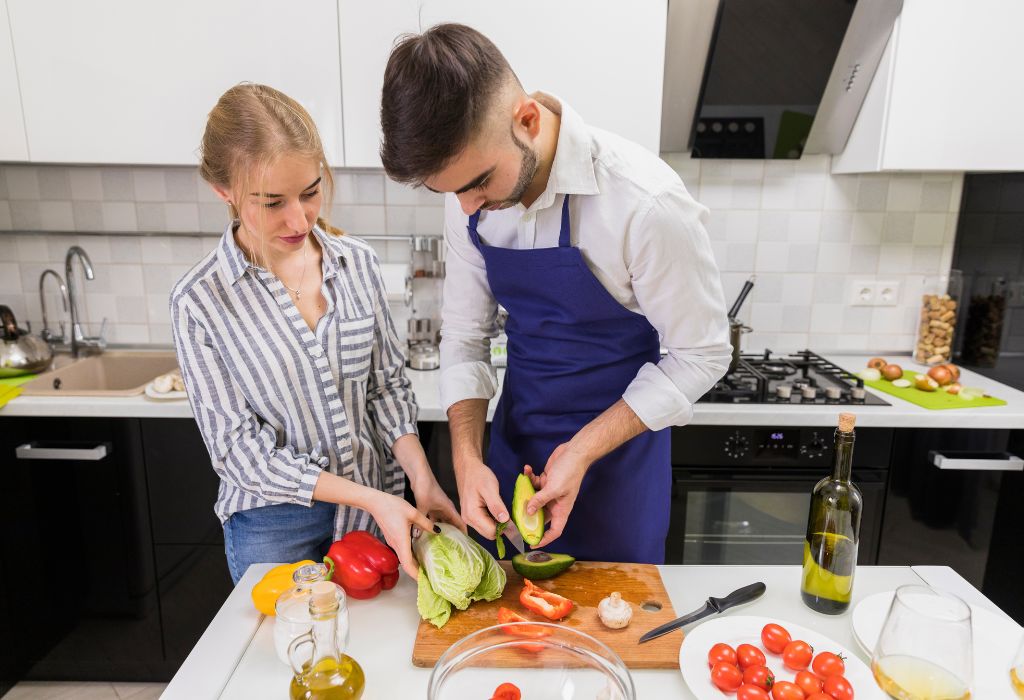
A busy student schedule often means cooking while multitasking — reading notes, texting friends, or streaming shows. That’s when accidents happen.
The NFPA reports nearly half of all home fires start in the kitchen, with unattended cooking as the main cause. In student housing, the risks grow because of shared spaces, smaller kitchens, and limited equipment.
Beyond fires, unsafe kitchen habits can lead to food poisoning, burns, cuts, and costly property damage. A single mistake can mean weeks without a functioning kitchen or facing hefty repair bills.
Common Kitchen Hazards Students Face
Unattended cooking is the number one risk. Leaving food on the stove “for just a minute” can quickly escalate into smoke or flames.
Improper use of appliances is another danger. Using damaged cords, overloading sockets with kettles, toasters, and microwaves, or placing metal in a microwave can cause sparks or short circuits.
Cluttered and messy workspaces add to the problem. A counter covered in food packaging, utensils, and electronics makes it easier to knock over hot liquids or trip while carrying sharp knives.
Essential Kitchen Safety Rules for Students
Never leave cooking unattended
Even a short distraction can lead to disaster. Use a timer or phone alarm to remind you to check on your food.
Learn proper knife handling
Grip the handle firmly, cut away from your body, and use a stable cutting board. Keep knives sharp to avoid forcing cuts, which can cause slips.
Keep flammable items away from heat
Paper towels, dishcloths, and plastic containers should be kept at least three feet away from stoves and ovens.
Be careful with oil and grease
Heat oil slowly and never leave it unattended. If it catches fire, turn off the heat, cover the pan with a lid, or use baking soda — never water.
Use appliances correctly
Read the manuals for microwaves, air fryers, and other gadgets. Avoid placing metal objects in microwaves and check cords for damage before plugging in.
Keep floors dry and clear
Spills cause slips. Clean them immediately and wear shoes with good grip when cooking.
Know basic first aid
Cool burns under running water for 10–20 minutes and use a sterile dressing. For cuts, apply pressure and keep the wound clean.
Special Safety Tips for Dorm and Shared Kitchens
Respect shared equipment
Clean up after using pots, pans, and appliances. Leaving grease or crumbs can create fire hazards for the next person.
Lock or store dangerous items
Knives, chemicals, and cleaning products should be stored securely, especially if younger residents or guests visit.
Avoid overcrowding
Too many people in a small kitchen can lead to spills, burns, or dropped items. Cook in turns if space is tight.
Emergency Response for Students
Handling small fires
For grease fires, turn off the heat and cover the flames. Use baking soda or a Class K fire extinguisher.
Knowing when to evacuate
If flames are spreading or smoke is filling the room, leave immediately and call emergency services.
Fire drill practice
Even in small apartments or dorms, know the nearest exit route and meeting point in case of evacuation.
Kitchen Safety Checklist for Students
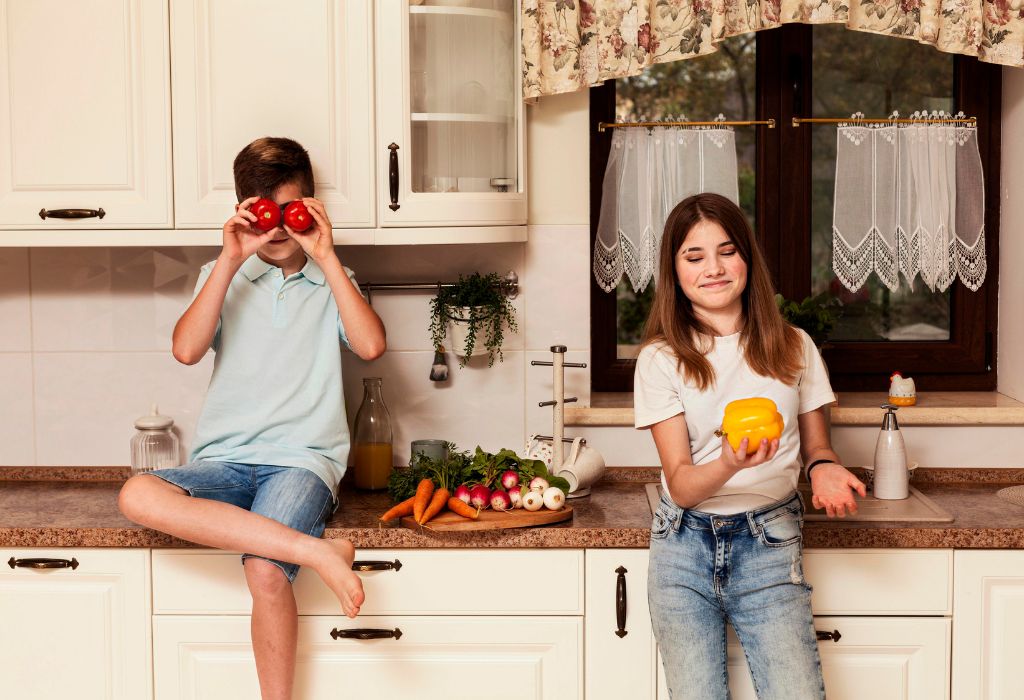
- Turn off appliances after each use
- Store knives and chemicals securely
- Keep flammable items away from heat
- Clean up spills immediately
- Test smoke alarms monthly
FAQs – Kitchen Safety Rules for Students
What is the number one kitchen safety rule for students?
Never leave cooking unattended. Most kitchen fires start when no one is watching the stove.
Can students use candles or open flames in dorm kitchens?
Most dorms prohibit open flames due to fire risk. Check your housing policy before use.
What is the safest way to cook pasta without spills?
Use a pot large enough for water expansion and keep the heat at a controlled boil.
How often should a student check kitchen appliances?
Inspect cords and plugs weekly for damage and clean appliances after each use.
What should I do if I burn myself while cooking?
Cool the burn under running water for 10–20 minutes, then cover with a sterile dressing.
Conclusion
Cooking as a student can be fun, budget-friendly, and rewarding — but only if safety comes first. Simple habits like staying alert, using equipment properly, and keeping spaces clean can prevent accidents.
The right kitchen safety rules protect more than just your food. They safeguard your health, your home, and your peace of mind
I’m Emma J. Caldwell, the founder, lead writer, and home-cooking enthusiast behind KitchenGuideCo.com. With a background in culinary arts and over a decade of cooking experience in both professional and personal kitchens, I created this platform to demystify recipes, offer smart kitchen gadget reviews, and guide readers through meal prep with confidence and clarity.

